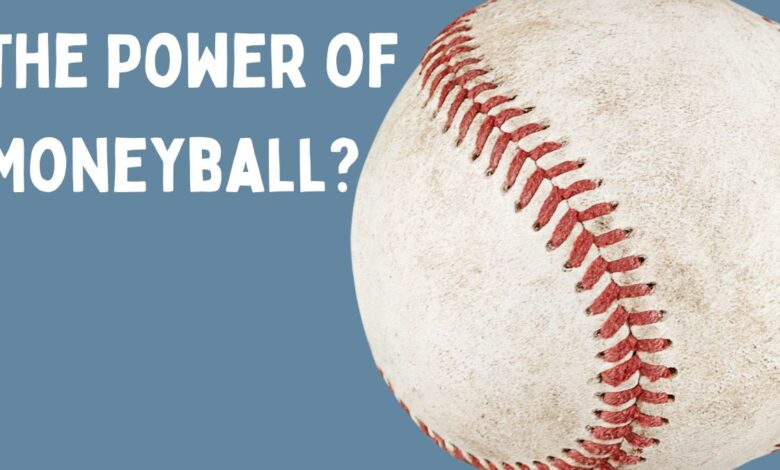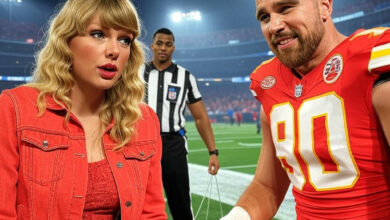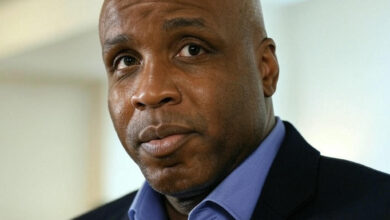The Downside of Moneyball: Has It Ruined Baseball and Turned Hitting into a Lost Art?

“Moneyball,” the strategy of using advanced statistics and analytics to build a competitive baseball team on a budget, revolutionized the sport when it was popularized by Michael Lewis’ book and the subsequent movie. Initially hailed as a genius innovation, Moneyball has undeniably reshaped the landscape of Major League Baseball (MLB). However, this analytical approach has also brought unintended consequences, leading many purists and fans to argue that it has, in some ways, ruined the game. Chief among these concerns is the belief that hitting, once considered an art form, has been reduced to a series of numbers and algorithms.
The Rise of Analytics and the Shift in Strategy
The core principle of Moneyball is to find undervalued players by emphasizing on-base percentage (OBP) and slugging percentage (SLG) rather than traditional metrics like batting average (BA) and runs batted in (RBI). Teams using this approach seek players who can get on base and hit for power, often valuing these traits over other aspects of the game.
This shift has led to a dramatic change in how teams are constructed and how the game is played. Strategies such as drawing walks, hitting home runs, and shifting defenses to exploit hitters’ tendencies have become prevalent. While these tactics can be effective, they have also contributed to a style of play that many fans find less appealing.
The Decline of Batting Average and Contact Hitting
One of the most significant casualties of the Moneyball era is the decline of the batting average. Once a revered statistic, batting average has been overshadowed by metrics like OBP and OPS (on-base plus slugging). This shift has led to an increase in players who hit for power but also strike out frequently.
Contact hitting, the art of consistently putting the ball in play, has become less valued. Players who can make solid contact and use all fields are increasingly rare, replaced by those who swing for the fences or draw walks. This has led to a rise in strikeouts and a decrease in balls in play, making games longer and, some would argue, less exciting.
The Proliferation of Defensive Shifts
Another consequence of the analytical revolution is the widespread use of defensive shifts. Teams now position their fielders based on detailed data about where hitters are likely to hit the ball. While this strategy can be highly effective in preventing runs, it has also reduced the number of hits and has made it harder for players to succeed with traditional hitting techniques.
The prevalence of shifts has forced hitters to either adapt their approach or accept a lower batting average. Many hitters, rather than learning to hit to all fields, have doubled down on trying to hit over the shift, leading to even more home runs and strikeouts.
The Lost Art of Situational Hitting
Situational hitting, the ability to adjust one’s approach based on the game situation, has also suffered in the Moneyball era. Bunts, hit-and-runs, and other small-ball tactics are increasingly rare as teams prioritize getting on base and hitting for power. This has led to a more one-dimensional style of play, where the nuances of the game are often overshadowed by a focus on maximizing statistical output.
Impact on the Fan Experience
For many fans, the changes brought about by Moneyball have made baseball less enjoyable. The increase in strikeouts and walks, combined with fewer balls in play, has led to slower, less dynamic games. The decline of batting average and situational hitting has taken away some of the strategic elements that once made the game so compelling.
Moreover, the emphasis on analytics can make the sport feel more like a numbers game than a competition of skill and strategy. While some fans appreciate the new insights provided by advanced metrics, others long for a return to the days when hitting was seen as an art form, not just a statistical outcome.
Conclusion
While Moneyball has undeniably revolutionized baseball and brought new strategies to the forefront, it has also had unintended consequences that have changed the fabric of the game. The decline of batting average, the proliferation of defensive shifts, and the loss of situational hitting have led to a style of play that many fans find less appealing. Hitting, once celebrated as an art, has been reduced to a series of calculated risks and statistical probabilities. As the game continues to evolve, it remains to be seen whether the pendulum will swing back toward a more balanced approach, where the artistry of hitting is once again celebrated.




